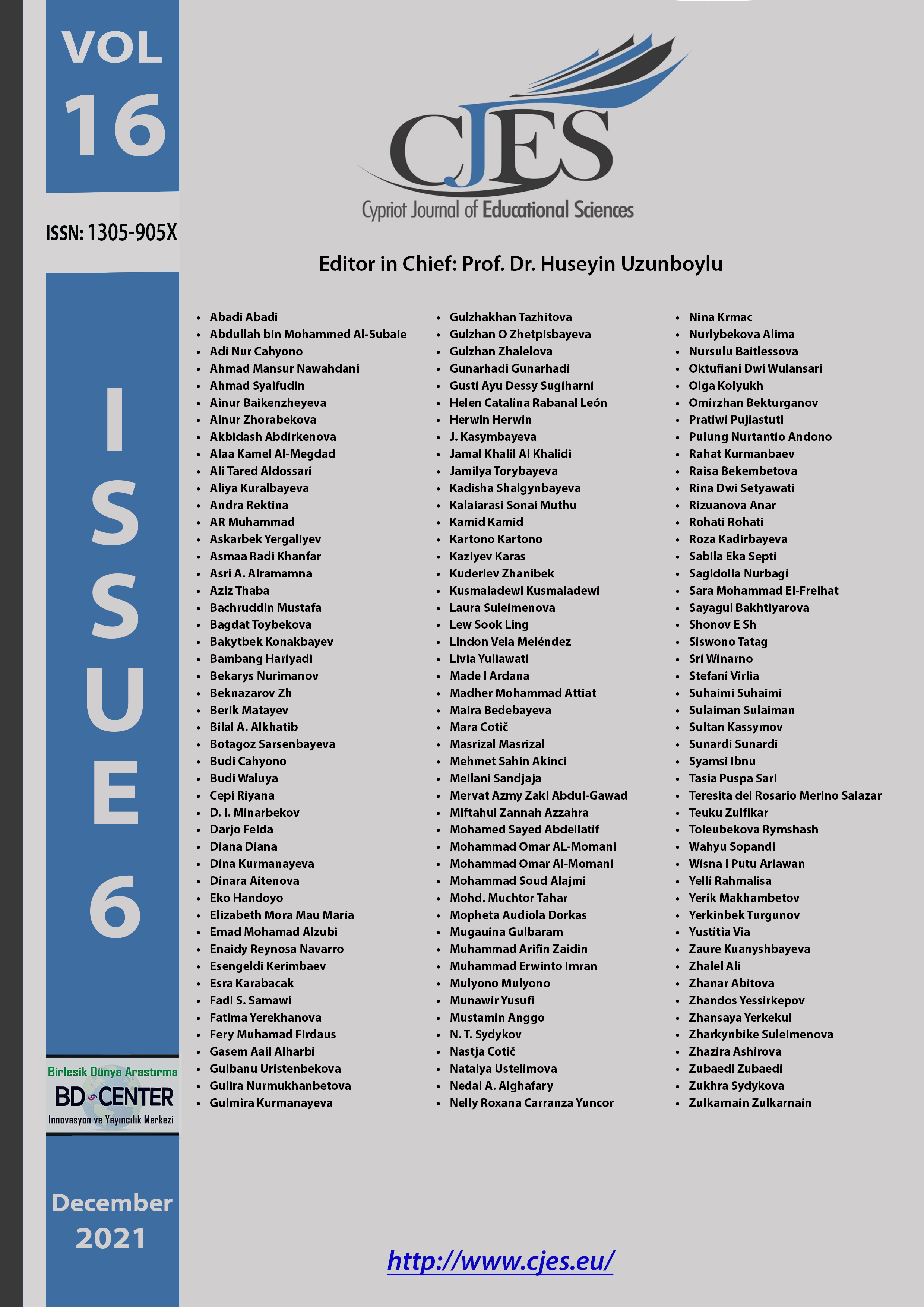Problem-based learning supported by arguments scaffolding that affect critical thinking teacher candidates
Main Article Content
Abstract
This study aims to determine the effect of the PBL model with argumentation scaffolding on changes in the critical thinking of teacher candidates’ teachers in terms of personality type and gender. This research is quasi-experimental research with one group pretest-posttest design. 28 prospective teachers who take the algebraic structure course are the samples of this study. Critical thinking skills scores were analysed descriptively and statistically with normality test and paired t-test. The results showed that the application of PBL with argumentation scaffolding was effective in increasing the critical thinking of prospective teachers from the criteria of "less critical" to "critical enough" and the n-gain results were categorized as moderate when viewed from the aspect of personality type. and gender. The existence of differences in critical thinking that is influenced by gender and personality type is a research finding that must be considered to determine the learning model.
Keywords: Problem-based learning, gender, critical thinking, personality type
Downloads
Article Details

This work is licensed under a Creative Commons Attribution 4.0 International License.
Cypriot Journal of Educational Sciences is an Open Access Journal. The copyright holder is the author/s. Licensee Birlesik Dunya Yenilik Arastirma ve Yayincilik Merkezi, North Nicosia, Cyprus. All articles can be downloaded free of charge. Articles published in the Journal are Open-Access articles distributed under a CC-BY license [Attribution 4.0 International (CC BY 4.0)].
Birlesik Dunya Yenilik Arastirma ve Yayincilik Merkezi (BD-Center)is a gold open-access publisher. At the point of publication, all articles from our portfolio of journals are immediately and permanently accessible online free of charge. BD-Center articles are published under the CC-BY license [Attribution 4.0 International (CC BY 4.0)], which permits unrestricted use, distribution, and reproduction in any medium, provided the original authors and the source are credited.

